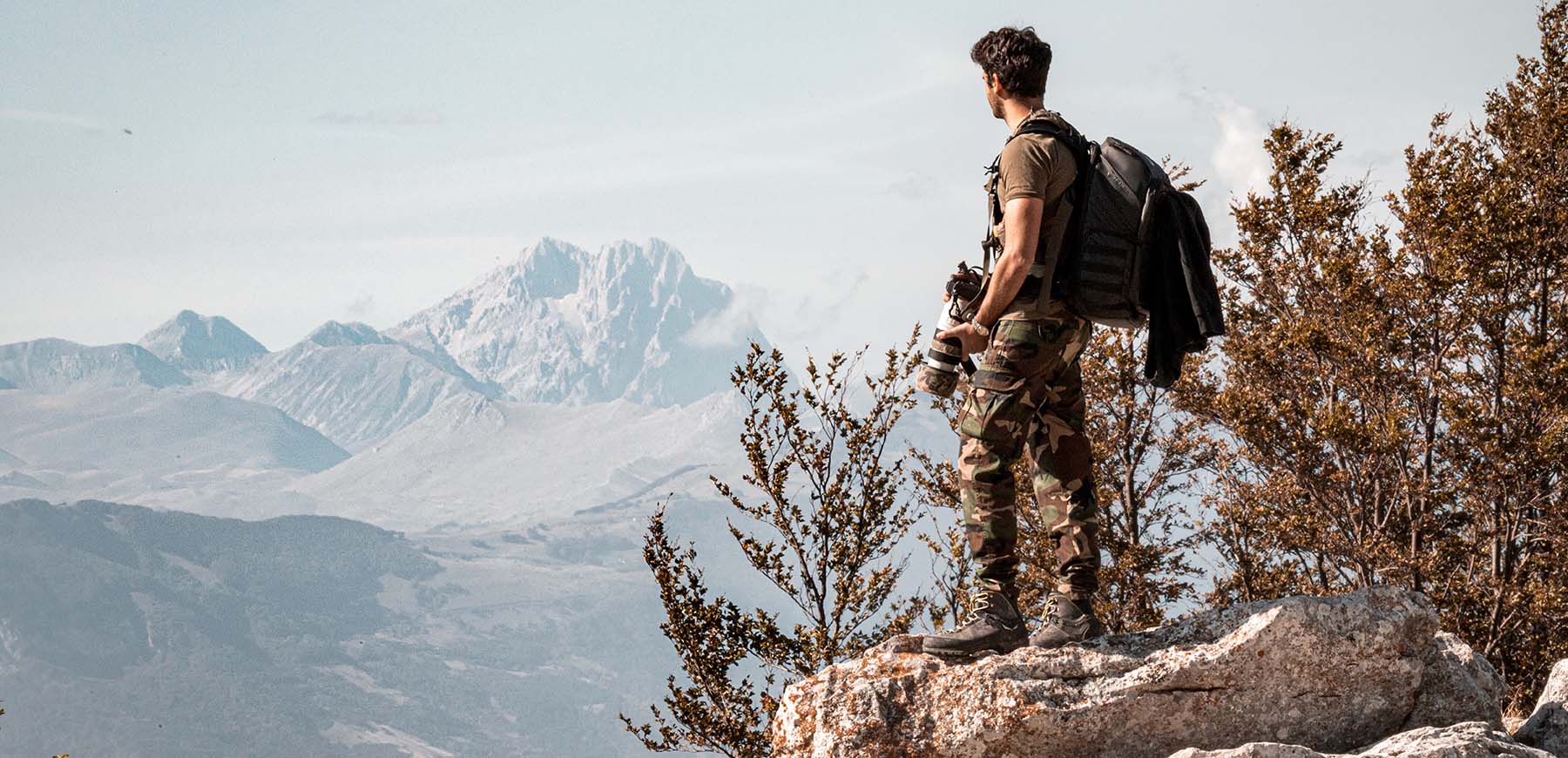
Why the world needs conservation photographers
Conservation photography is a revolutionary industry. It is the practice of taking iconic images containing a strong environmental message. This article gives some more insight on what conservation photography entails and why it is such a necessary tool for making a difference in our world.
Download FREE eBook featuring 18 International scholarships to fund overseas experience travel

Introducing conservation photography
Images speak. Our modern society, especially the younger generations, are more stimulated by visuals than by long pieces of writing. Why? Because we process visuals faster than text, and nobody wants to spend more time processing information in their brain than needed. However, sometimes there are important conservation messages in those long articles. The question is, therefore: how can one deliver these messages without boring the easily bored readers of today?
The answer is more simple than you’d expect. It’s a solution that has actually been prevalent for decades already. Photographs.
These days, we have a name for it: environmental or conservation photographers. They are photographers who have dedicated their professional career and skills to the cause of saving the environment. Photographers use the element of storytelling to represent an environmental issue. In addition, they educate audiences on specific topics. Conservation photography has the power to raise awareness. It inspires people to act and contribute to conservation efforts, even in the smallest ways.
The role of photography in conservation
As one of the many conservation careers out there, this field of photography has a specific goal in mind. That goal is the promotion of wildlife and environmental awareness. Conservation photographers don’t just take photos of the animals and places they encounter. They are researchers and good communicators. They are visual storytellers who provide new insights and information on species and conservation projects.
Images can cross language barriers. Often, they evoke strong emotion, more quickly than long pieces of written text. Anyone who looks at them perceives the same story and message. This means that conservation photography has a worldwide reach and can educate a much wider scope of people. With this in mind, conservation photographers have a responsibility to represent stories and messages accurately, ethically and thoroughly. The viewer needs to understand what is happening in a photo immediately. Then, where more information is needed for background or explanation, captions and accompanying articles can illustrate the story further.
That first look at an impactful conservation photo is what captures the viewer. However, what the photographer does with the image is what gives it power. That’s why these images need to be shared with the right audiences and used for inspiring action in the name of conservation.
Your role as a conservation photographer
If you’re a photographer, you can specialise in any subject or field you want. Your camera is only a tool to capture whatever it is you’re pointing it at. In addition, the animals or people you photograph are all characters in the story you want to tell. In order to become a conservation photographer, you need to make the decision that you now have a new goal with the images you produce. You need to direct your focus toward conservation awareness and education. In other words, you should immerse yourself in the world of conservation efforts.
Firstly, build contacts at conservation NGO’s, companies and sanctuaries. Secondly, use as many opportunities as possible for wildlife encounters. Thirdly, build relationships with conservationists and environmental journalists that can give you access to information and conservation events. Furthermore, you need to be aware that the best conservation photography could require a lot of travelling to far away or difficult-to-reach places.
It requires a long-term commitment to become this type of photographer, but it is also very rewarding. In addition, your life will consist out of building relations with conservationists, educating yourself on nature and environmentalism, following conservation events and stories and long hours of hard work, getting your photos to the right people and places. Photographs empower people and conservation efforts. In other words, it is an industry that is developing daily and will continue to inspire action towards the cause of environmental protection. Use your wildlife photos to make a difference and start walking the exciting career path of a conservation photographer.
If this profession seems like something you’d want to aspire to, our wildlife photography program is the perfect place to start.

Blogger Profile - Rouxne van der Westhuizen
Rouxne has an Honours degree in journalism and media studies. She specialises in wildlife conservation writing, travel journalism and blogging.
Download FREE eBook featuring 40 proven fundraising techniques to finance your next overseas experiential adventure


